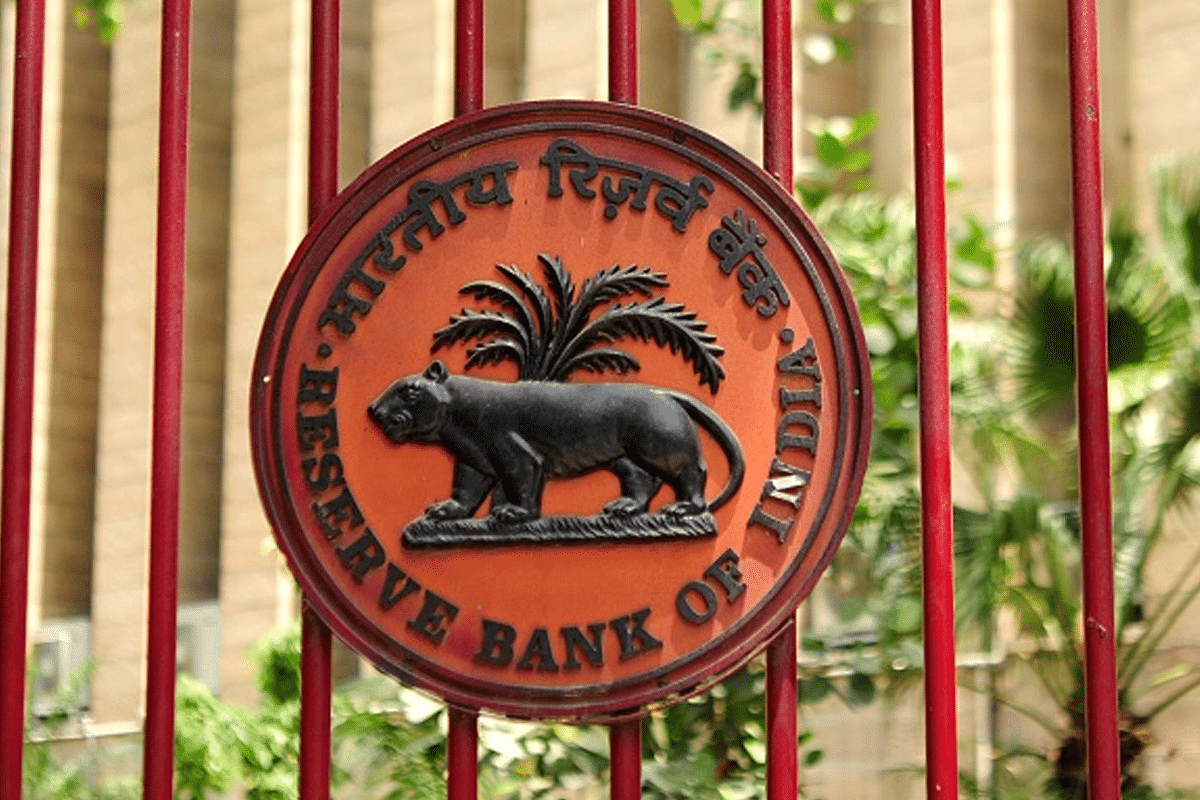Insta
Union Budget 2022: Here Is What Led Up To RBI's Central Bank Digital Currency Based On Blockchain Technology

Reserve Bank of India (RBI). (Ramesh Pathania/Mint via Getty Images)
Union Finance Minister Nirmala Sitharaman on Tuesday (1 February) presented the Union Budget 2022-23 in the Parliament.
In the budget speech, the Finance Minister announced that the Reserve Bank of India (RBI) will be issuing the Central Bank Digital Currency (CBDC).
The CBDC will be based on the blockchain technology and is expected to boost India's digital economy un addition to creating a cheaper currency management system.
Further, the government will be mobilising funds for green infrastructure projects by issuing sovereign green bonds in the coming fiscal year.
Currently, the effective capital expenditure of the central government is estimated at Rs 10.68 lakh crore for FY 22-23, the Finance Minister declared.
Last year, RBI had proposed amendments to the Reserve Bank of India Act, 1934, to enable it to launch a CBDC. The amendment would enhance the scope of the definition of ‘bank note’ to include the CBDC. It is the digital form of fiat currency, a legal tender, unlike other cryptocurrencies in the market.
The decision comes in the backdrop of huge demand of private cryptocurrencies, like Bitcoin, in India that has penetrated not just urban metropolitans but also smaller towns; and the prospect of a 'Digital Currency Proxy War' where the CBDRs of other countries like China gain supremacy across other markets by introducing new-age financial products. The likes of Britain and China are already in the process of launching their CBDCs.
The RBI digital currency can set out to be superior currency for trade with India's strategic partners, thereby reducing dependency on the dollar. Due to its digital form, the CBDR will reduce the cost of cash management while enabling real-time payments. As digitalisation and financial inclusion progress, the CBDR will also enable the RBI to better control the money supply, thus increasing the effectiveness of the monetary policy.
However, confusion still remains over the underlying technology, the validation mechanism and distribution architecture regarding the CBDC. Cybersecurity and the disintermediation of banks are other concerns.
In April 2018, RBI had announced a ban on crypto transactions for banks and other regulated entities after digital currencies were allegedly used for fraud and criminal activities. However, in March 2020, the Supreme Court struck down the ban as unconstitutional.
The much-awaited cryptocurrency bill is not likely to be introduced in the current session as the government reportedly wants to hold more discussions and build consensus on the regulatory framework.
Introducing ElectionsHQ + 50 Ground Reports Project
The 2024 elections might seem easy to guess, but there are some important questions that shouldn't be missed.
Do freebies still sway voters? Do people prioritise infrastructure when voting? How will Punjab vote?
The answers to these questions provide great insights into where we, as a country, are headed in the years to come.
Swarajya is starting a project with an aim to do 50 solid ground stories and a smart commentary service on WhatsApp, a one-of-a-kind. We'd love your support during this election season.
Click below to contribute.
Latest